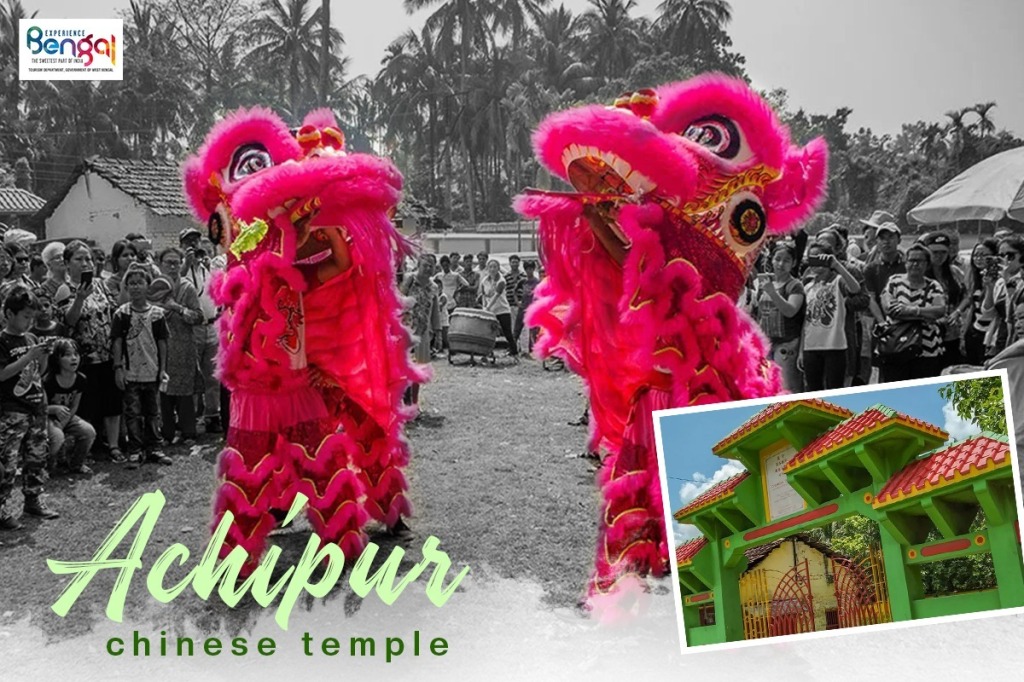
How did a man from faraway China build not just a sugar mill, but an entire township in Bengal? What has become of his legacy? Is it still relevant among his modern day descendants?
For answers, you need to drive just about 33 km southwest from Kolkata to the town called Achipur. Though the name may sound vaguely Bengali, its actual origin is far more fascinating.
At the heart of the story lies sugar, called ‘chini’ in Bengali. Considering the root word for sugar is the ancient Sanskrit ‘sharkara’, which the Arabs adopted as ‘shakkar’, which in turn Europeans called ‘zucchero’, ‘sukere’ and ‘sugar’, where does the word ‘chini’ come from?
You see, though the cultivation of sugarcane originated in India and Southeast Asia, and the extraction of sugarcane juice to make coarse sugar is a practice that dates back thousands of years, the Chinese were possibly the first to bring modern refined table sugar to India. And since the Bengali name for China is ‘Chin’, the sugar obtained from them became ‘chini’, which literally means Chinese.
Records show that in 1778, a Chinese man applied to the British East India Company for permission to set up a sugar mill in the area now known as Achipur. He appears to be the first Chinese man to have settled in Bengal, and the British called him Tong Atchew, though the actual Chinese name was probably Yang Dazhao or Daijang.
Local Bengalis called him Achi, and this gave birth to the name for the settlement that grew up around Atchew’s sugar mill – Achipur, or settlement of Achi. Built on roughly 220 acres of land leased to Atchew by Governor-General Warren Hastings, the mill soon employed several Chinese labourers, the ancestors of Kolkata’s large Chinese community.
Following Atchew’s death in 1783, the Chinese settlers moved into what was Calcutta, and all traces of his sugar mill were gradually lost. However, his tomb still stands in Achipur, and attracts thousands of Chinese pilgrims from around the world, particularly during Chinese New Year. Painted bright red and shaped like a horseshoe, the tomb draws offerings that include roast chicken, fish, pig, and wine, and burn symbolic paper money and incense sticks.
So the next time you are in Kolkata, make the 1.5 hour drive to Achipur to see for yourself how a man from distant China added another layer to Bengal’s already diverse history.

